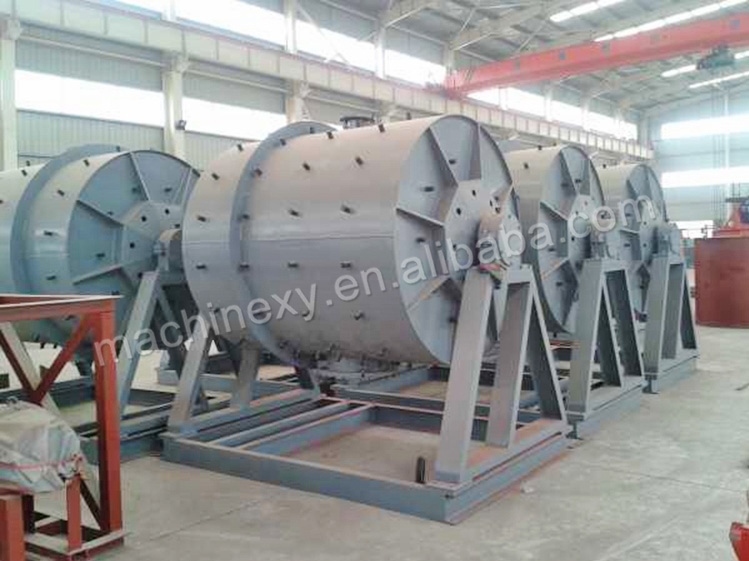Product FAQ
There are the following differences between intermittent ceramic ball mill and continuous ceramic ball mill:
There are the following differences between intermittent ceramic ball mill and continuous ceramic ball mill:
1. Working mode
Intermittent ceramic ball mill: It adopts intermittent operation, which requires stopping for loading and unloading, that is, a single feeding and grinding for a period of time and then a one-time discharge.
Continuous ceramic ball mill: It can continuously feed and discharge, and can produce continuously.
2. Production efficiency
Intermittent ceramic ball mill: The production efficiency is relatively low, and the loading, unloading and ball milling processes are carried out separately, with more non-production time. For example, the output of a 30-ton intermittent ball mill is much lower than that of a continuous ball mill with a volume of 100 cubic meters.
Continuous ceramic ball mill: It can run continuously, which can save the time of feeding and slurry discharge, has higher production efficiency, and is suitable for large-scale production.

3. Energy consumption
Intermittent ceramic ball mill: The energy consumption per unit output is relatively high. Taking a 30-ton intermittent ball mill and a 2.2×14-meter continuous ball mill as examples, the total power consumption of four 30-ton intermittent ball mills is 2816KW more than that of one continuous ball mill.
Continuous ceramic ball mill: Due to the high temperature requirements for the cylinder, the viscosity of the material after grinding is low, which reduces the water consumption and evaporation of the material, and the power consumption is low.
4. Product quality
Intermittent ceramic ball mill: During the grinding process, the material stays in the cylinder for a relatively long and uniform time, and the fineness and uniformity of the product are good, but it is easy to produce over-crushing.
Continuous ceramic ball mill: Production can be adjusted according to the state of the material, and the discharge particle size can be controlled by adjusting the wind speed, etc. It is not easy to produce over-crushing, and the product quality is relatively stable.
5. Equipment structure and floor space
Intermittent ceramic ball mill: simple structure, less auxiliary equipment, and small floor space.
Continuous ceramic ball mill: The system is relatively complex, usually equipped with continuous feeding and discharging devices, wind screening and other devices, with high cost and large floor space.
6, operation and maintenance
Intermittent ceramic ball mill: The operation is relatively simple, and manual control of loading, unloading and ball milling time is required. It has high flexibility, but the labor intensity is relatively large and maintenance is relatively easy.
Continuous ceramic ball mill: The degree of automation is high, and automatic feeding, discharging and adjustment of grinding parameters can be achieved through the control system, but when the equipment fails, the maintenance difficulty and cost are relatively high.
7, applicable scenarios
Intermittent ceramic ball mill: It is suitable for small batch and multi-variety production, as well as situations where the material grinding fineness is extremely high and the grinding time needs to be finely controlled. It is also suitable for processing some materials with special properties that need to be processed separately.
Continuous ceramic ball mill: It is suitable for large-scale and continuous production occasions, such as raw material grinding of large ceramic production enterprises, and is more suitable for situations where the material properties are stable and the output requirements are high.
Categories
News
Contact Us
Contact: XKJ GROUP
Phone: 0086 138 3714 0277
Tel: 0371-65751333
E-mail: sales01@xkjgroup.com
Add: Xing yang city, Zheng zhou city, Henan province, China